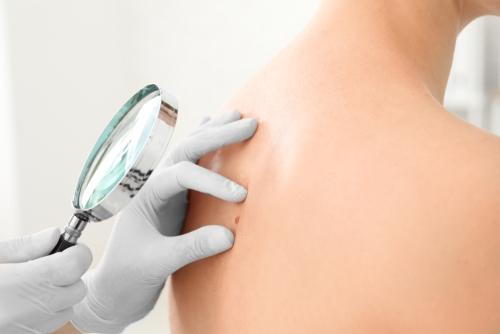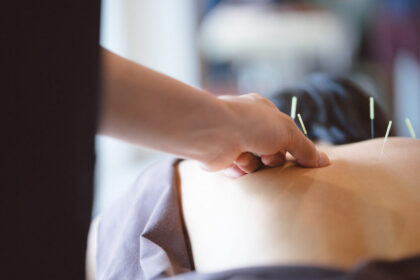Skin cancer affects millions of people worldwide, making it one of the most common forms of cancer. Recognizing warning signs and taking preventive steps can make a significant difference in your health outcomes. Early detection remains your most powerful tool in the fight against skin cancer. By learning what to look for and establishing regular monitoring habits, you can catch potential issues before they become serious health concerns.
Understanding Types of Skin Cancer
When skin cells are exposed to ultraviolet (UV) radiation, it can result in skin cancer. There are three main types of skin cancer, each with unique characteristics and detection methods. Understanding the differences can help with early identification and treatment.
Basal cell carcinoma is the most common type and usually develops on sun-exposed areas such as the face, ears, and shoulders. It often appears as small, flesh-colored bumps or pink patches that may bleed easily. While it rarely spreads to other parts of the body, early detection is key to preventing further damage.
Squamous cell carcinoma typically presents as red, scaly patches or raised bumps with rough surfaces. It tends to develop in areas exposed to frequent sunlight, including the hands, arms, and face. Melanoma, on the other hand, is less common but more dangerous because it can spread to other parts of the body. Unlike the other types, melanoma can appear anywhere on the skin, including areas with minimal sun exposure.
Using The ABCDE Method for Detection
Healthcare professionals recommend using the ABCDE method to evaluate moles and spots on your skin. This systematic approach helps you identify changes that warrant medical attention.
- A stands for asymmetry. Look for moles where one half doesn’t match the other half in shape, color, or texture.
- B refers to border irregularity. Watch for spots with uneven, notched, or blurred edges rather than smooth, even borders.
- C indicates color variation. Be concerned about moles that contain multiple colors or have changed color over time.
- D represents diameter. Pay attention to spots larger than 6 millimeters (about the size of a pencil eraser), though melanomas may be smaller.
- E means evolving. Monitor any mole or spot that changes in size, shape, color, or texture over time.
Regular self-examinations help you detect early signs of potential skin issues, improving the chances of successful treatment. If you notice any concerning changes, schedule an appointment with a healthcare professional promptly.
Establishing a Skin Monitoring Routine
Getting to know your skin through regular self-examinations helps you notice any changes quickly. Set aside time each month to check your skin thoroughly in a well-lit room, using both a full-length mirror and a hand mirror to see all areas. Be sure to check everywhere, from your face, ears, and neck, down to your chest, belly, and even under your breasts and in skin folds. Don’t forget your underarms, arms, and hands, making sure to look between your fingers and under your nails.
Take Action for Your Skin Health
Prevention and early detection are key to protecting yourself from skin cancer. Perform monthly self-examinations and use a log or smartphone to track any concerning spots. Schedule an annual professional skin screening, especially if you have risk factors. Dermatologists are able to catch issues you might overlook. Early detection saves lives by providing more treatment options and improving outcomes, so stay vigilant and proactive about your skin health.









